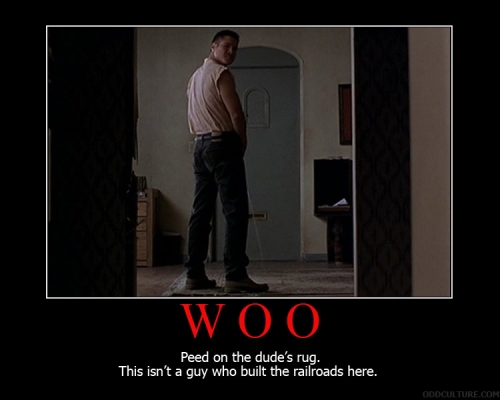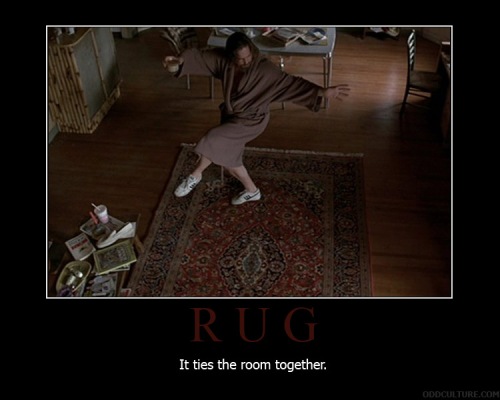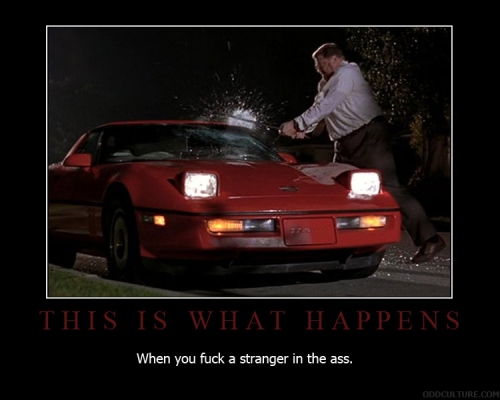“Cal,” he said, “should be better than this.” —Harry Edwards

Cal coaching staff demo’s the “en mass” or “cluster” version of the “hands-on-hips” body language during a shellacking by Southern Cal, 63-28
OTL,S! surmises that the Cal coaching staff was looking to get aggressive with their own players. We are glad that didn’t happen. Well, let’s rephrase…at least it didn’t happen during the game. More on that later.
body language:
To appear bigger for fighting or courting rituals, birds will fluff their feathers, fish can expand their body size by sucking in water and cats or dogs make their fur stand on end. The hairless human, however, no longer has a thick pelt to expand to make himself look more imposing when he is fearful or angry….Modern humans, however, have invented a gesture to help them achieve a bigger physical presence – the Hands-on-Hips gesture.
California’s largely inept football team reached a historic landmark on Saturday, when they were torched by traditional rival Stanford, 63-13, allowing two touchdowns in the last 8 minutes by the Cardinal reserves. This was the most points ever allowed in the “Big Game”, and the largest margin of defeat. Cal finished the season 1-11, the single win being a squeaker against lower classification Portland State. Cal gave up 30 points or more in every game, which is some sort of record.

Furthermore, Cal had just last year fired their football coach for dismal performance, and the University is up to its eyeballs in debt from an ill-advised massive upgrade of the athletic facilities. Lastly, Cal has the worst football-player graduation rate of any major school in the country.
Hands-on-Hips is used by the child arguing with its parent, the athlete waiting for his event to begin,… males who want to issue a non-verbal challenge to other males who enter their territory. In each instance the person takes the Hands-on-Hips pose and this is a universal gesture used to communicate that a person is ready for assertive action. It lets the person take up more space and has the threat value of the pointed elbows that act as weapons, preventing others from approaching or passing… It’s used everywhere and in the Philippines and Malaysia it carries the even stronger message of anger or outrage.
According to the San Francisco Chronicle, the data show that it is the black male athlete at Cal who is (and has been forever) exploited. In these days of multimillion dollar revenues and coaching salaries, the black football player is likely to leave Cal with nothing but memories, chronic injuries, an empty wallet and a dim future.
most black male athletes who entered Cal between 1998 and 2006 failed to graduate in six years, with just 40 percent able to do so….fewer than 2 percent of all NCAA basketball and football players are drafted by the NBA and NFL, studies show. And of those, only a small number last more than one or two years in professional sports.
Coach Dykes is promising assertive action on all fronts:
Also known as the ‘readiness’ gesture, that is, the person is ready for assertive action, its basic meaning carries a subtly aggressive attitude everywhere. It has also been called the achiever stance, related to the goal-directed person who is ready to tackle their objectives or is ready to take action on something. Men often use this gesture around women to display an assertive male attitude.
The Cal athletic director during this shipwreck has been Sandy Barbour, shown here in her “I’m not going to answer that question” body language. She’s adopted the “I’m calling together a task force” tactic to “address” this problem, aka: kick the can down the road while continuing to recruit underqualified “student athletes.”
These aggressive-readiness clusters are used by professional models to give the impression that their clothing is for the modern, assertive, forward-thinking woman. Occasionally the gesture may be done with only one hand on the hip and the other displaying another gesture and this is commonly used by women who want to draw attention to themselves by using this cluster with a pelvic tilt to emphasize their hips-to-waist ratio, which indicates fertility. Hands-on-Hips is regularly used by both men and women in courtship to draw attention to themselves.
So how is Coach Dykes channeling his aggressive, action oriented mindset that informs his body language:
“We’re going to recruit better. We’re going to recruit kids that deserve to be at Cal and want to be at Cal,” he said. “We’re going to learn how to go to class. We’re going to fix our graduation rates; we’re going to graduate. We are going to appreciate being a Cal student, be supportive of other Cal students.”
That sounds like some pretty good generalities, though there are hints of some hidden agendas.
But this disturbing quote from another Chronicle article suggests Dykes will try to boot some players off scholarship or otherwise allow/induce them to leave, thus reinforcing the idea that they have been exploited, and now cast aside in order that the mighty football machine can sell more tickets (emphasis added):
Not all players on the roster in 2013 will be asked back in 2014, the coach said, adding, “There are going to be players who leave. There’re players you encourage to leave and others who leave on their own.”
To us, it sounds like the wrong people are going to get “fired.” Cal has an obligation to the current football players to see that they graduate with sufficient skills to succeed in life. Allowing or encouraging players to leave school or removing their scholarships is exactly the wrong thing to do.
The Chronicle nails it:
At the Athletic Study Center, Van Rheenen is working with a group of successful black men to set up a mentoring program – but whether athletes will have time to participate is another question. They’re already stretched by the full-time demands of their academic work and playing a Division I sport.
“We don’t want to overload them even more,” Van Rheenen said.
The graduation rates are one of the many problems facing Cal athletics. At a recent meeting on campus, where Cummins and Hextrum presented their findings, some faculty members wondered whether the pressure to succeed on the field has been intensified by the need to pay off the debt on newly renovated Memorial Stadium.
Hextrum called it “an ethical dilemma.”
“Are we going to say we will continue to have these students – mostly men of color – who don’t graduate, and that it is worth it to pay off the debt?” she asked.
“Cal,” he said, “should be better than this.”









